For this road trip, we passed through gold country, along the Sierra Nevada, a place where ghost towns, houses, mining apparatus, and remnants of the days of the Rush sit empty and crumbling along the roadways as if one day everyone simply stood up and left.
Arguably, California wasn’t really that important until the California Gold Rush. Prior to the Rush, the land was vast and harsh and as a result, few people made their way West. Those that did lived off the land as ranchers or fur traders. This all changed on January 24, 1848, when gold was found.
In the early days, gold was so abundant that people could easily find nuggets laying on the ground; this is how it started and how people became rich overnight. Prospectors pocketed 100% of their findings because Mexico had only just ceded control of California to the United States and the region had not yet become a part of the Union (1850), so there were no taxes, no controls, and no governing powers. People walked in with nothing more than a stick or a spoon and days later walked out with their pockets full of enough gold to buy 100 horses and start a new life.
News travelled fast and within a short period of time, almost 300,000 forty-niners (as in 1849) arrived in California in hopes of becoming rich. San Francisco grew from a population of 1,000 in 1848 to over 20,000 by 1850. This became a defining theme for the Bay Area: a place that attracted people from around the world, a place that had a high concentration of immigrants, and a place where you can start a new life and make money almost instantly.
By 1851, the surface gold in California was gone. The only way to find a vein was to dig deep into the earth or blast your way through stone walls using water. No longer were individual miners able to be successful. They were replaced by large mining companies with hundreds of employees, equipment, and very large budgets. Most prospectors had left and those who stayed behind were no better off than wage earners in their own home country. By 1855, the Gold Rush was over.
There is one final tidbit that I didn’t know or even notice until this road trip. The route sign used on state highways in California is in the shape of a miner’s spade to honour California’s Gold Rush. For some reason, I thought they were this shape all over the US.
Route 49 is the highway that runs through most of the historic mining towns from the Gold Rush era.
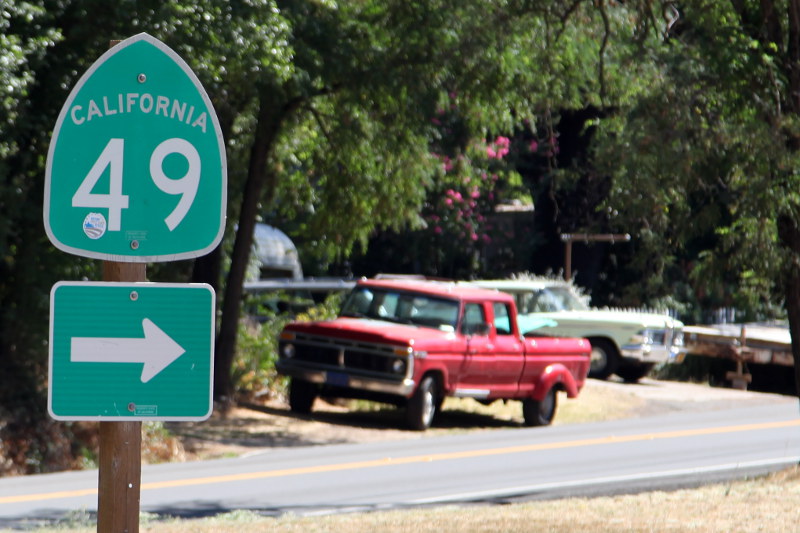
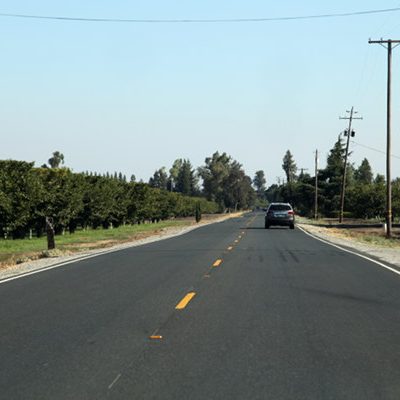
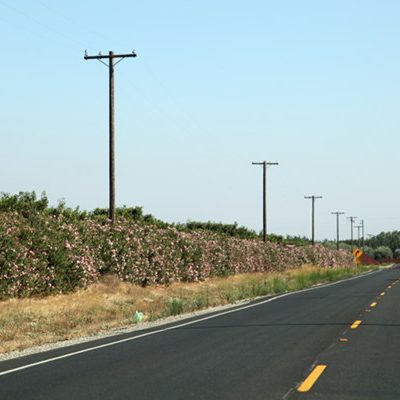
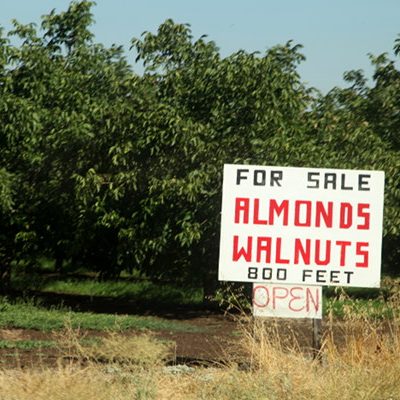
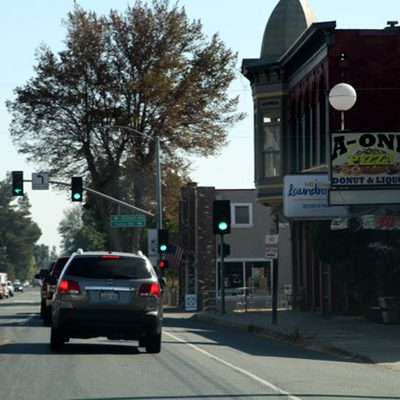
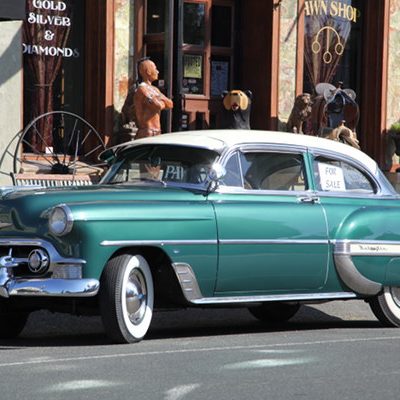
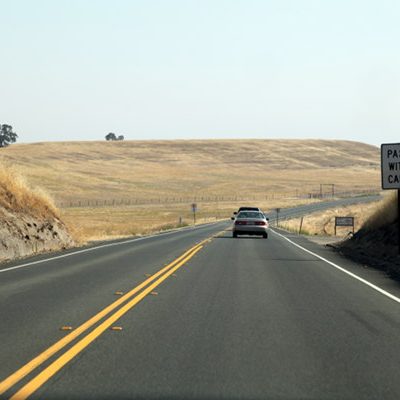
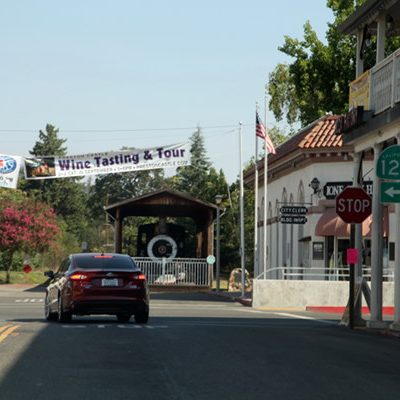
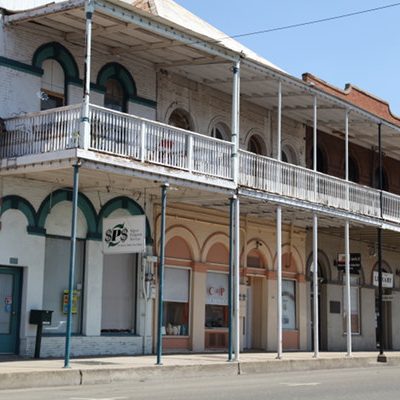
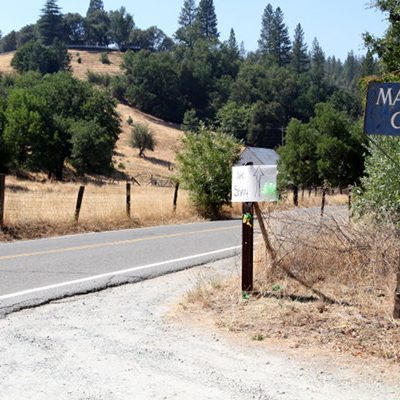
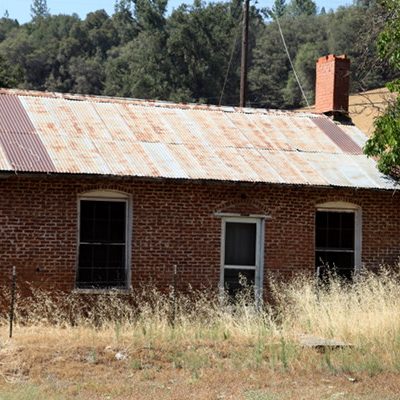
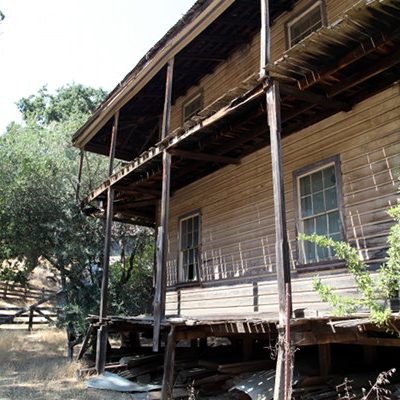
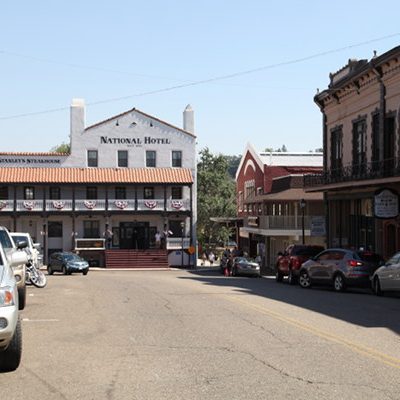
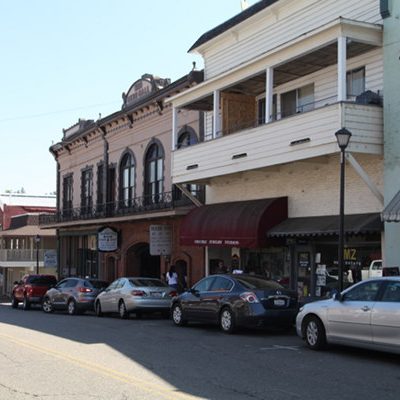
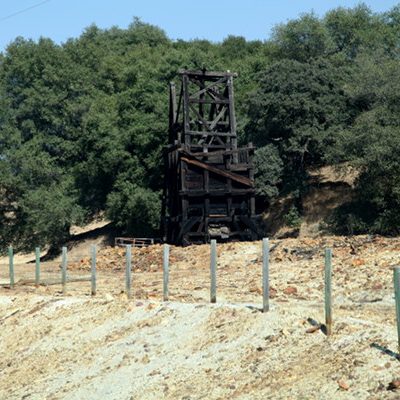
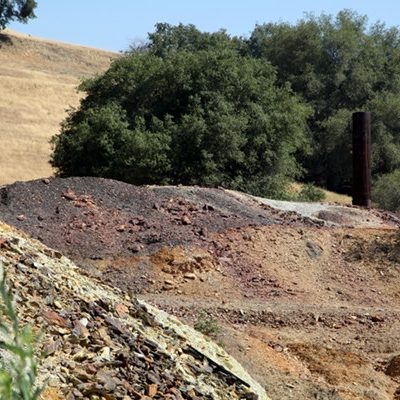
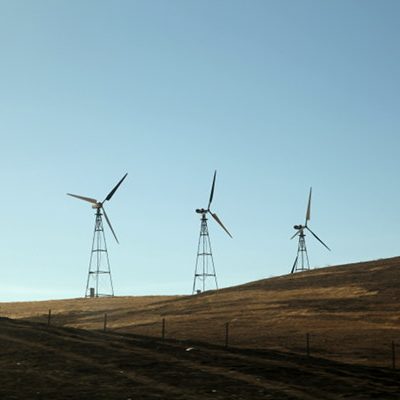
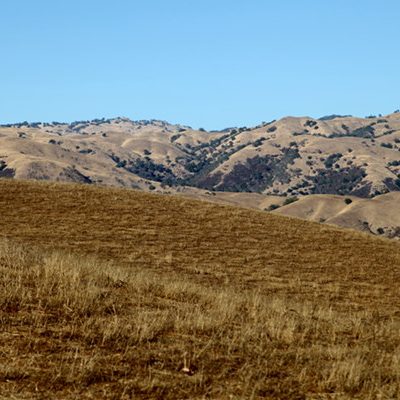
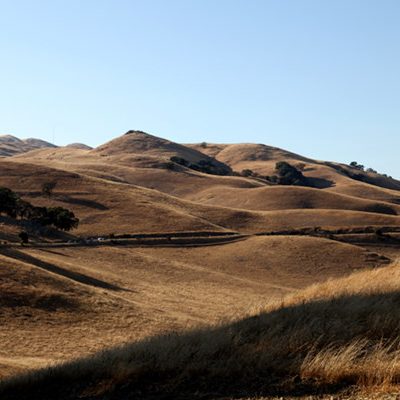
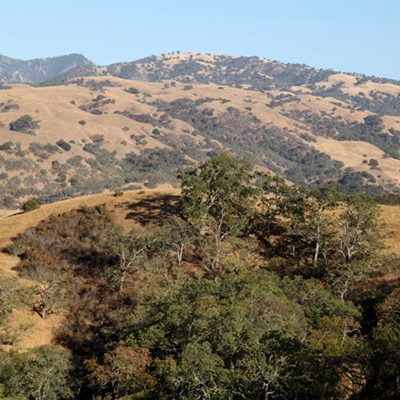
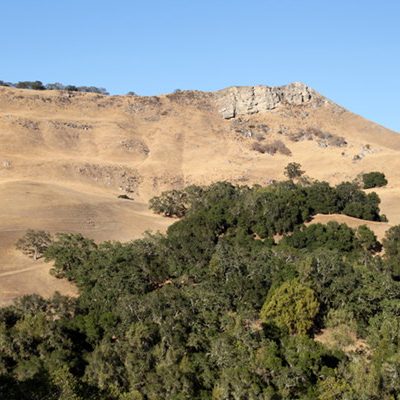
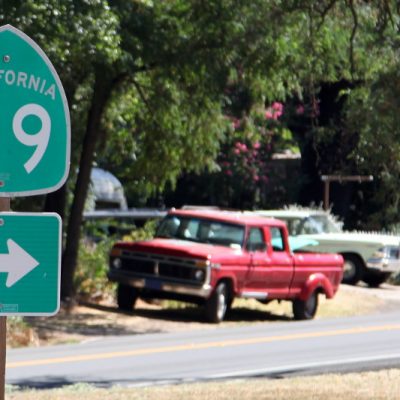
0 comments on “Route 49: Gold Country”Add yours →